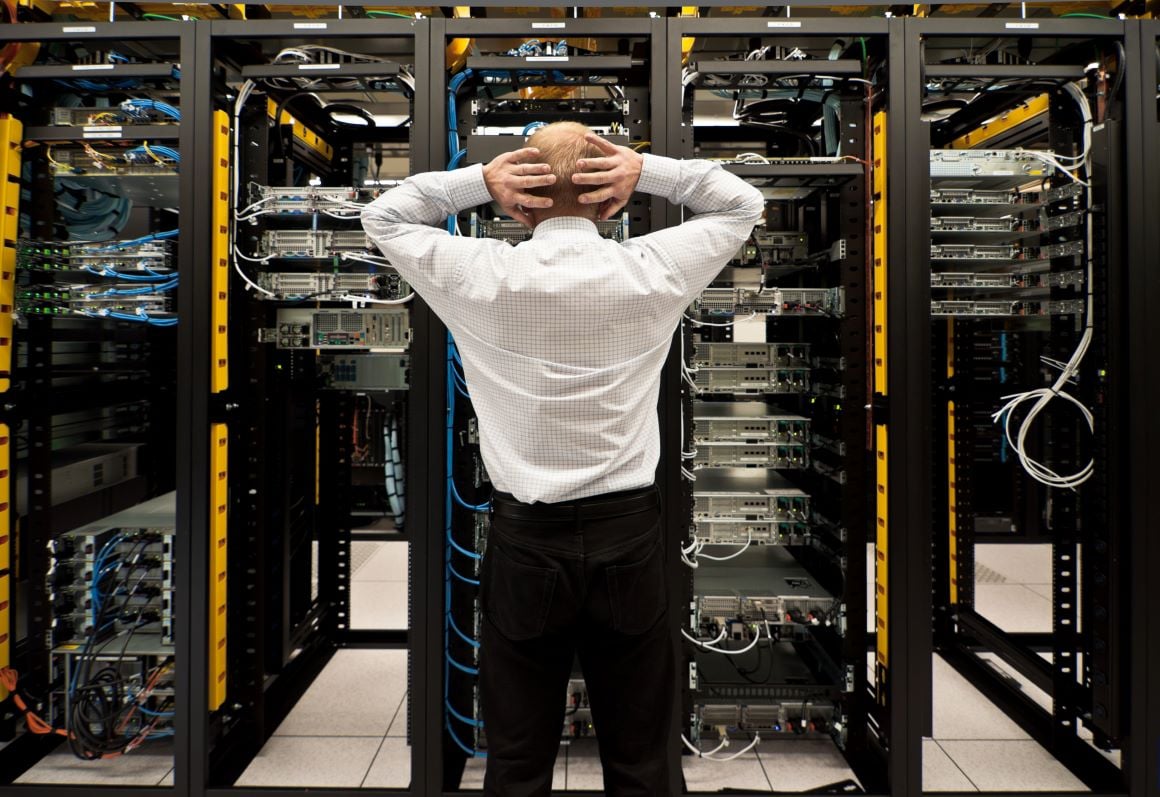
Does your business have a disaster recovery (DR) plan in place? If the answer is no, it’s time to create one, and if the answer is yes, it’s likely time to give it an update. Consider how an emergency could compromise your data. Colocation can be a valuable solution for backing up data in a secondary location and avoiding catastrophe no matter what comes your way.
The Importance of a Disaster Recovery Plan
No one wants to think about the worst happening, but it’s wise to plan for potential disasters because these unfortunate scenarios do occur, and when they do, there’s often little warning. Natural disasters such as floods and tornadoes, cyberattacks, power outages and even human errors can all have a catastrophic effect on enterprises.
Having a disaster recovery plan in place anticipates these possibilities so you’re prepared to continue operations and preserve your data. Disaster recovery plans outline the steps your organization is taking now and the steps it would take in the event of a disaster, in order to overcome challenges and minimize disruption.
Unfortunately, some businesses are ill-prepared when disaster strikes. A recent study found that just 54 percent of enterprises had a documented DR plan in place for the company, despite the fact that 73 percent had experienced a failure at some point.
Data backup is a critical aspect of any disaster recovery plan. For 94 percent of small businesses, this involves storing data in the cloud. However, for many large enterprises and any sized companies that must maintain control over sensitive data, public cloud is not the best option. More than half of enterprises back up data in a second on-premises data center for DR purposes. However, this approach has some notable drawbacks which point to a better alternative: colocation.
Why Make Colocation Part of Your Disaster Preparedness
There are steps you can take to plan for natural disasters as you design your own data center, but to be as resilient as possible in the face of disaster, it’s crucial that you back up data in a secondary location. A colocation data center is an excellent choice for several key reasons. Colocation can enhance your disaster recovery plan with:
Redundancy
A crucial aspect of disaster recovery is redundancy. Even if one system fails, you have another to take over. When it comes to data redundancy, it doesn’t make sense to back up data where it will be prone to the same vulnerabilities as your primary data. For example, since natural disasters tend to affect certain geographical areas, having data backed up in a colo facility a fair distance away from your primary location will make it less likely that both your primary and secondary IT infrastructure is compromised.
Cost Efficiency
Cost efficiency is another major benefit of colocation over an on-premises solution for redundancy. To try to replicate the redundancy you can achieve through colocation with your own data centers would be extremely costly. Some may point out that public cloud services are the cheapest option for data backup, but unlike public cloud, a colocation data center allows you to maintain control and privacy over your data.
Convenience
Colocation is also a convenient option that allows you to outsource many aspects of maintaining and protecting your data center infrastructure. Many colocation data centers will actively monitor and maintain infrastructure, so you don’t need staff dedicated to these responsibilities. These managed services make it easy to remain prepared for a potential disaster.
Security
Many colo facilities pride themselves on their robust digital and physical security measures. These measures may surpass the level of security that enterprises can maintain at their own facilities. Higher security provides a stronger layer of protection against threats. Digital security is critical for backup data since many malicious attacks can target the backup site. Attacks may also start with malware placed in the primary location, with the expectation that it will get backed up to the secondary location so both are compromised. Robust security measures and active monitoring are essential to prevent these disastrous scenarios.
Be Prepared with the Right Data Center Solutions
All companies should be prepared with a disaster recovery plan. For many companies, colocation deserves a prominent place in that plan. You can keep backup data secure so incidents that affect your primary data center location aren’t allowed to disrupt your business or set you back. You should also place a high priority on regularly testing your DR plan to ensure it’s up-to-date and effective.
If you’re building your own data center to serve your data processing and storage needs, check out our webinar, “Vendor Neutrality & Open Source: Optimizing the Data Center Design Process.”


Comments